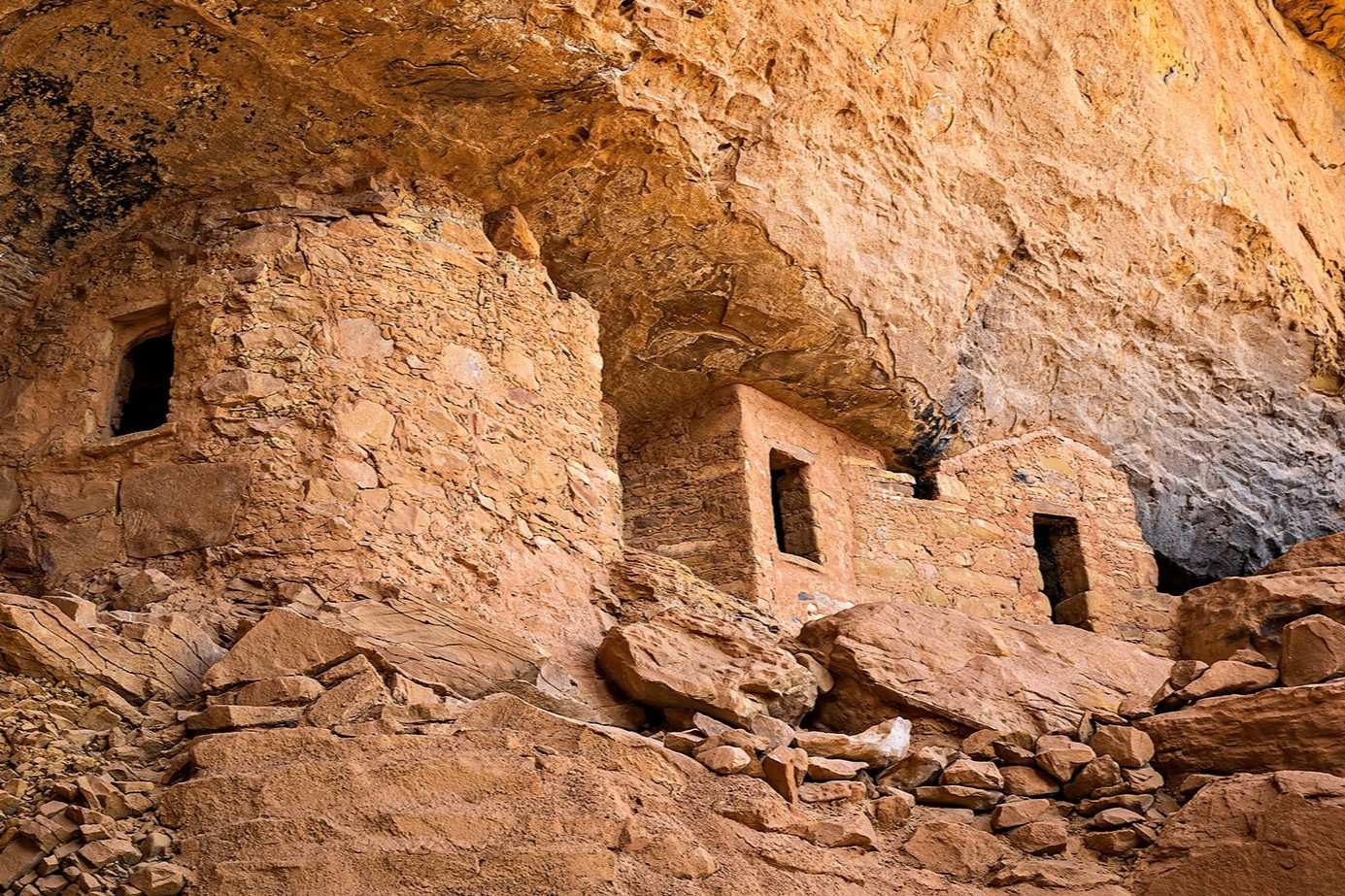Secrets Of Colorado’s Ute Mountain Cliff Dwellings

Have you ever wondered about the ancient history hidden in Colorado? The Ute Mountain Cliff Dwellings offer a fascinating glimpse into the lives of the Ancestral Puebloans. These impressive structures, built into the cliffs, date back over 700 years. Imagine walking through rooms where families once lived, cooked, and thrived. The dwellings are not just historical artifacts; they are a testament to human ingenuity and resilience. Visiting these sites provides a unique opportunity to connect with the past while enjoying the stunning natural beauty of the area. Ready to step back in time and explore this incredible piece of history?
Secrets of Colorado's Ute Mountain Cliff Dwellings
Colorado's Ute Mountain Cliff Dwellings are a window into the past. These ancient structures, built by the Ancestral Puebloans, offer a glimpse into a world long gone. Hidden within the rugged landscape, these dwellings are a testament to human ingenuity and resilience.
Why Visit Ute Mountain Cliff Dwellings?
Visiting these cliff dwellings is like stepping back in time. Each site tells a unique story about the people who lived there. From the architecture to the artifacts, every detail offers insight into their daily lives. Here are some must-see spots that will make your visit unforgettable.
1. Cliff Palace
Cliff Palace is the largest cliff dwelling in North America. With over 150 rooms and 23 kivas, it was a bustling community. The intricate stonework and strategic location show the advanced skills of its builders. Guided tours provide fascinating details about its history and significance.
2. Balcony House
Balcony House is not for the faint-hearted. To reach it, visitors must climb a 32-foot ladder and crawl through a narrow tunnel. The effort is worth it. Once inside, you'll find well-preserved rooms and stunning views of the surrounding canyon. It's an adventure that brings history to life.
3. Long House
Long House offers a more relaxed experience. It's the second-largest cliff dwelling and features open plazas and communal spaces. The site includes a spring, which was vital for the inhabitants. Rangers provide tours that explain the social and cultural aspects of the community.
4. Spruce Tree House
Spruce Tree House is one of the best-preserved cliff dwellings. Nestled in a sheltered alcove, it has 130 rooms and eight kivas. The site is easily accessible, making it a great option for families. Interpretive signs and exhibits help visitors understand the daily life of its residents.
5. Step House
Step House offers a unique look at two different time periods. The site includes both a Basketmaker-era pithouse and a later Pueblo-era cliff dwelling. This combination provides a broader perspective on the evolution of the Ancestral Puebloans. Self-guided tours allow for a flexible visit.
6. Square Tower House
Square Tower House stands out with its four-story tower. This impressive structure showcases the architectural prowess of its builders. The site also includes several kivas and living quarters. Although it's not open for tours, viewpoints along the trail offer excellent photo opportunities.
7. Sun Temple
Sun Temple is a mystery. Unlike other dwellings, it appears to have been a ceremonial site. The D-shaped structure includes massive walls and intricate stonework. Archaeologists believe it was never completed, adding to its intrigue. Interpretive panels provide theories about its purpose.
8. Far View Sites Complex
Far View Sites Complex is a cluster of smaller sites. It includes Far View House, Pipe Shrine House, and others. These sites were part of a larger farming community. The complex offers a different perspective on the daily life and agricultural practices of the Ancestral Puebloans.
9. Mug House
Mug House got its name from three mugs tied together found during excavation. This medium-sized dwelling has about 94 rooms and eight kivas. The site offers a more intimate look at the lives of its inhabitants. Guided tours provide detailed information about its history and significance.
10. Oak Tree House
Oak Tree House is one of the lesser-known sites. It features about 60 rooms and several kivas. The dwelling is perched high on a cliff, offering stunning views. Although it's not open for tours, it can be seen from nearby viewpoints, making it a hidden gem worth seeking out.
11. Painted Kiva
Painted Kiva is unique for its colorful murals. These paintings offer a rare glimpse into the spiritual life of the Ancestral Puebloans. The kiva is part of the larger Cliff Palace complex. Guided tours provide insight into the significance of the murals and the rituals performed there.
12. Fire Temple
Fire Temple is another ceremonial site. It features a large plaza and several rooms. The site includes a unique fire pit, suggesting it was used for rituals. Although not open for tours, it can be viewed from nearby trails. Interpretive signs provide information about its possible uses.
A Journey Worth Taking
Visiting Ute Mountain Cliff Dwellings offers a unique glimpse into the past. These ancient structures, built by the Ancestral Puebloans, tell stories of a civilization that thrived in the cliffs of Colorado. Exploring the intricate architecture and learning about the daily lives of the inhabitants provides a deeper appreciation for their ingenuity and resilience.
The guided tours enhance the experience, offering insights that might be missed on a solo visit. Whether you're a history buff, an adventure seeker, or someone who enjoys stunning landscapes, the cliff dwellings have something to offer.
Make sure to bring a camera, wear comfortable shoes, and prepare for a memorable adventure. The Ute Mountain Cliff Dwellings are more than just a historical site; they are a testament to human creativity and survival. Don't miss the chance to step back in time and witness this incredible piece of history.

